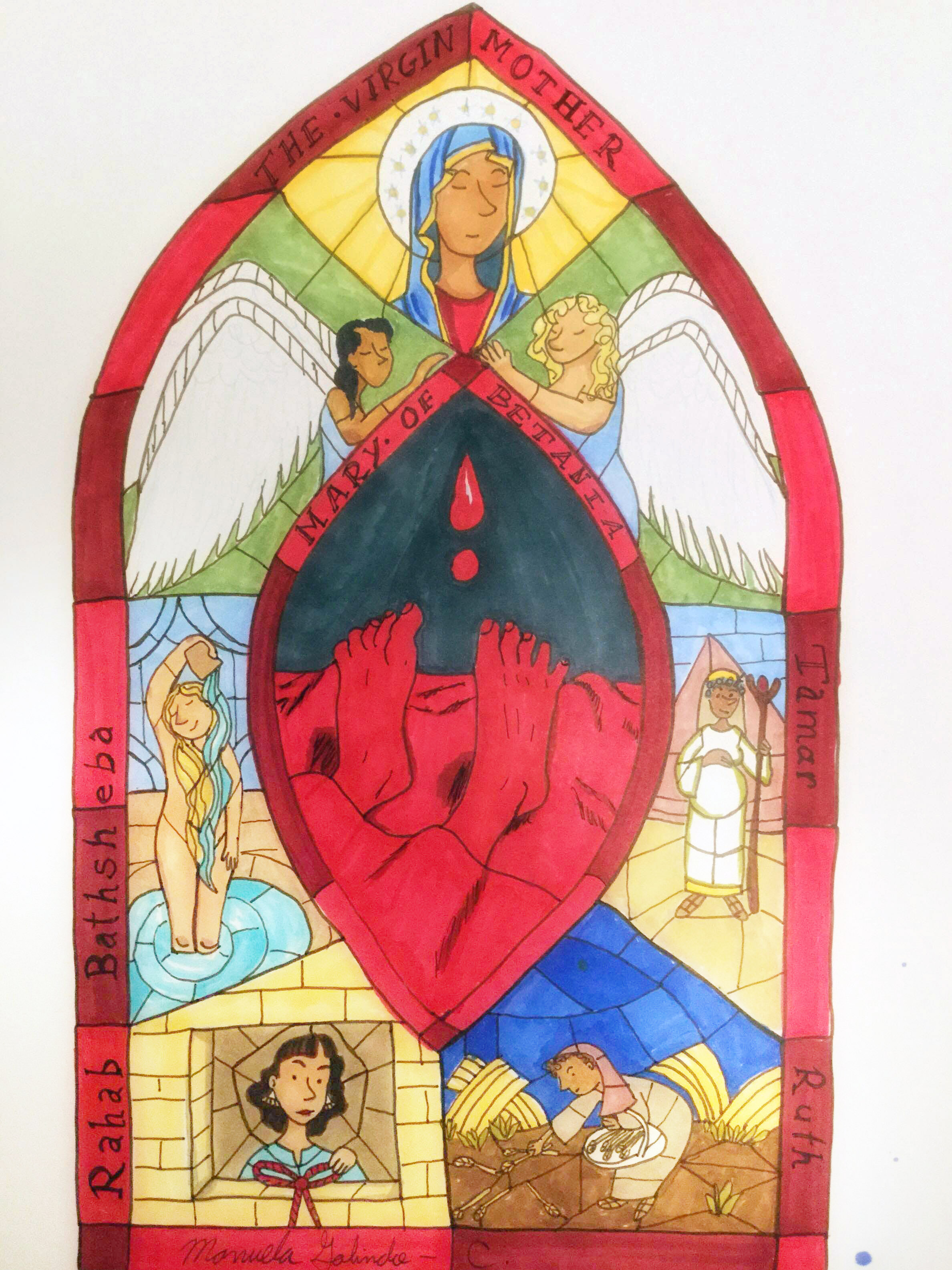While graphic novels have gained more exposure and popularity in recent years, it’s quite rare to see one whose author not only drew their inspiration from the Bible, but also chose to talk about some of its less discussed aspects, namely the role of sex work, religious obedience, and women in the Gospels.
Acclaimed Canadian cartoonist Chester Brown, whose last nonfiction graphic novel, Paying for It, explored his experiences with sex workers, once again explores the subject, this time with religious context in Mary Wept over the Feet of Jesus. While some may be skeptical at the sight of religious references, the subtitle alone – “Prostitution and religious obedience in the Bible” – will surely create an irresistible desire to flip the graphic novel’s cover when it comes out on April 12.
Beautifully illustrated in a no-frills ink-and-paper style, the book succeeds in making biblical stories accessible and fun for people who may not necessarily pick up a Bible for enjoyment. The adaptation especially focuses on reshaping the dialogue, making the characters speak like present-day folks without losing an understanding of the religious meanings – a difficult task, to say the least.
Through a series of short comics rarely longer than twenty pages, Brown shares stories handpicked from the Bible to support his argument that God doesn’t really have anything against sex workers, and that he neither rewards nor encourages absolute obedience. To that effect, one of the comics is about characters such as the servants in the Parable of the Talents and Cain in “Cain and Abel,” have actually been punished for their obedience. Brown also tells the story of Tamar, Rahab, and Bathsheba, who either engaged in sex work or used their sexuality to their advantage while being hypocritically shunned by the same men who had lusted after them. Interestingly, one story, “Matthew,” differs from the rest and provides a meta commentary regarding the Bible’s writing process. In this chapter, the eponymous apostle tries, much like Brown with his novel, to find a way to subtly discuss sex work in his gospel without upsetting his readers.
Brown develops his thesis further in the afterword, describing the lengthy research process that made this project come to life. He speaks of his Christian faith in relation to his positive views on sex work, discussing the work of authors such as Jane Schaberg and Yoram Hazony, whose analyses of obedience to God and of Mary’s miraculous pregnancy in biblical texts fuelled Brown’s musings. He mentions and the schisms between early Christian groups, some being pro-sex work, some being virulently against such a “sin” are things that have shaped how the Bible is understood today.
Through a series of short comics rarely longer than twenty pages, Brown shares stories handpicked from the Bible to support his argument that God doesn’t really have anything against sex workers, and that he neither rewards nor encourages absolute obedience.
Mary Wept over the Feet of Jesus is a joy to read. The contemporary style of the dialogues and the lengths of the stories make the graphic novel a quick read, and the afterword fills in the gaps for the reader to understand the groundwork on which the comics stand. Even without any knowledge of the Bible, it’s easy to follow the stories and piece together the storyline of sex work in the Bible. Brown even includes a comprehensive set of explanatory notes associated with each comic at the very end of the book. These notes provide primary sources and details about the subtleties of each panel, allowing the reader to make up their own mind about what Brown is arguing, and potentially push the debate further.
Overall, Brown’s analysis of biblical tales and emphasis on the subtle positive mentions they make about sex work and disobedience is well done and especially welcome now, as the church is renowned for the tight leash it keeps on its believers and their sexuality.

